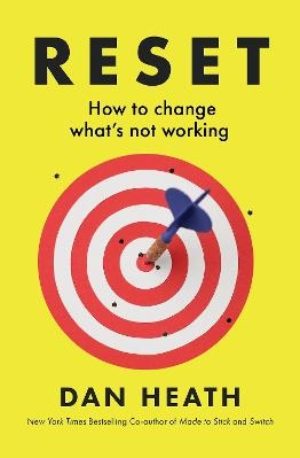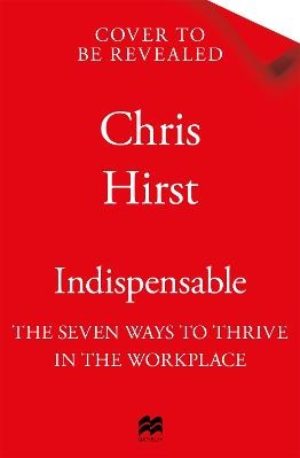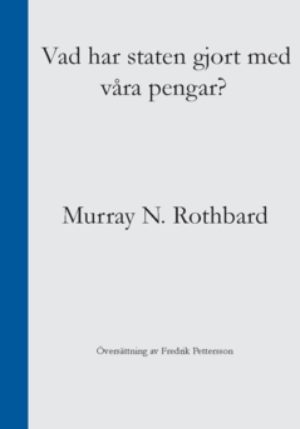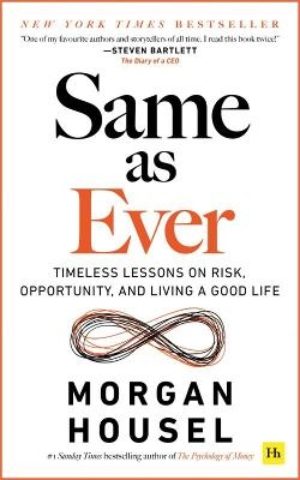Real estate may be hot, but the truth is that only a fraction of this country's land is useable. What happens to the land that is not fit for development? Until a few years ago, the value of such property would have remained flat, with little prospect of appreciating. Today, however, the Federal government has created a huge incentive to turn this land into moneymaking assets. This is the focus of Green Wealth. Written by two leading experts, this book is the first to explain how newly enacted laws can benefit those who invest in environmentally reconstituted land development.
As construction on valuable acreage has burgeoned over the last few decades, many environmentally sensitive properties and their resourceshave been destroyed. Laws enacted to protect the land and resources have been difficult to implement. As a viable solution, the Feds, along with many state governments, now allow for the creation of individual environmental "banks." These banks are established by converting useless property into one of several types of environmentally protected land. Environmental credits are then issued to the landowners--credits that can be sold to developers who seek to build on previously protected properties. As building continues in one place, new environmentally sound acreage is created in another.
By creating new wetlands, endangered species reserves, waterstorage reservoirs, carbon dioxide exchange forests, and a host of other environmental banks, you can now perform an environmentally responsible service and make a highly profitable investment at the same time.







